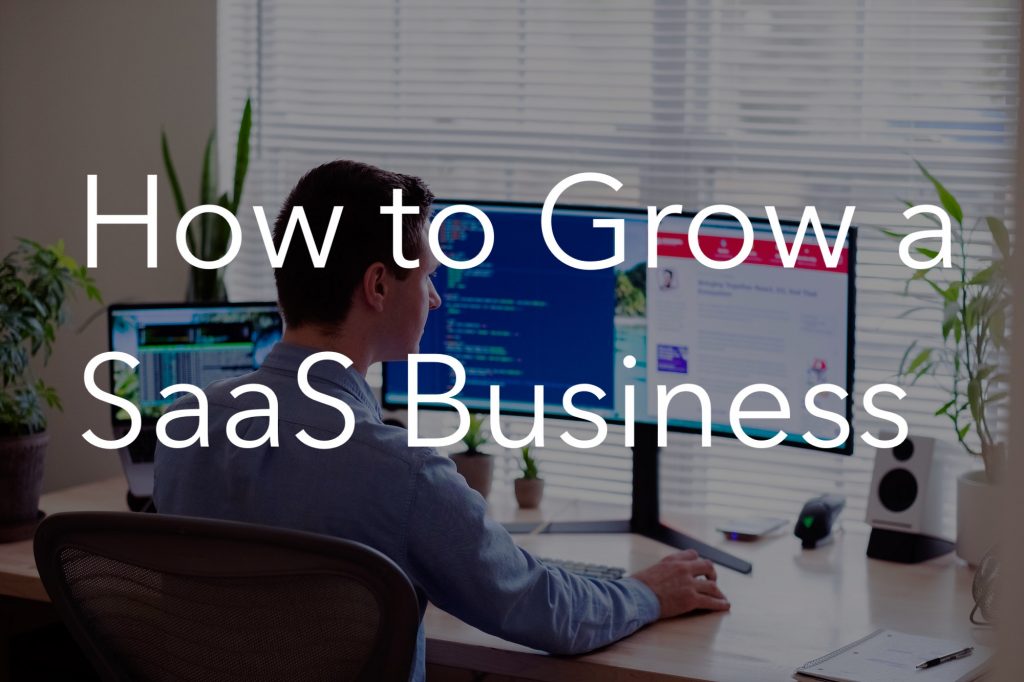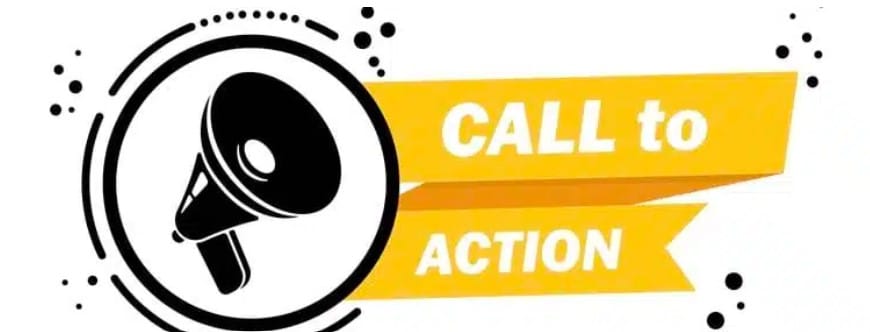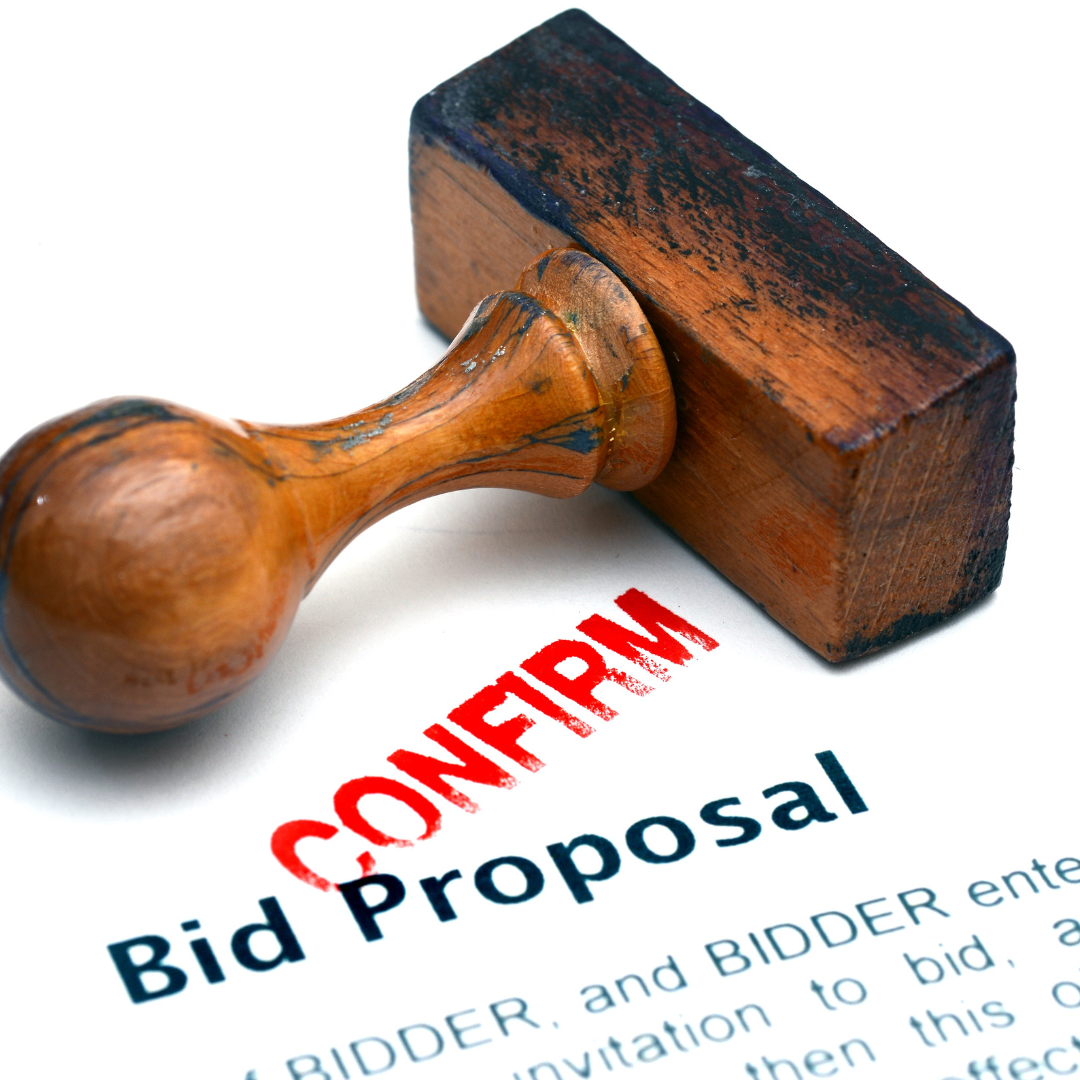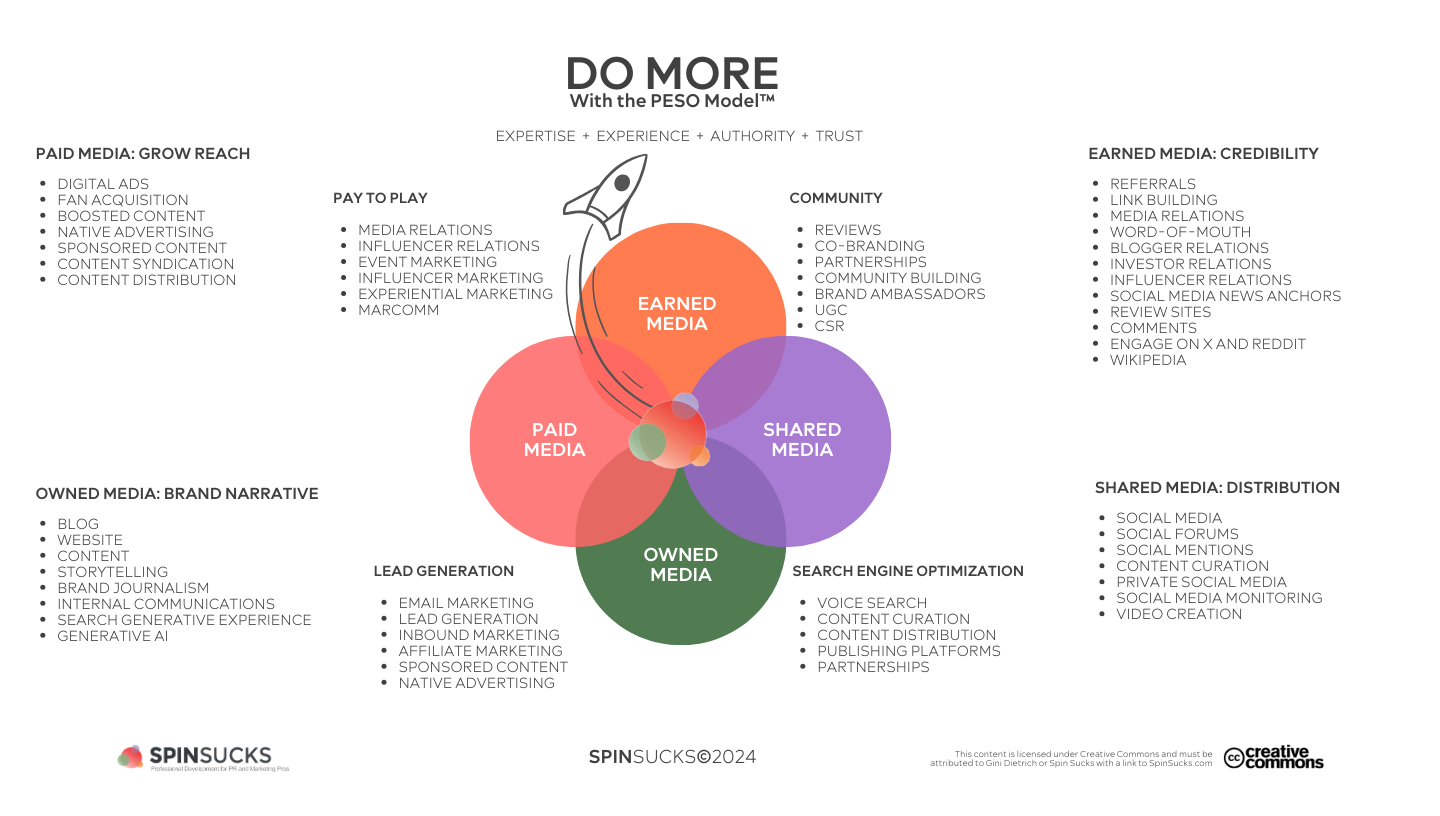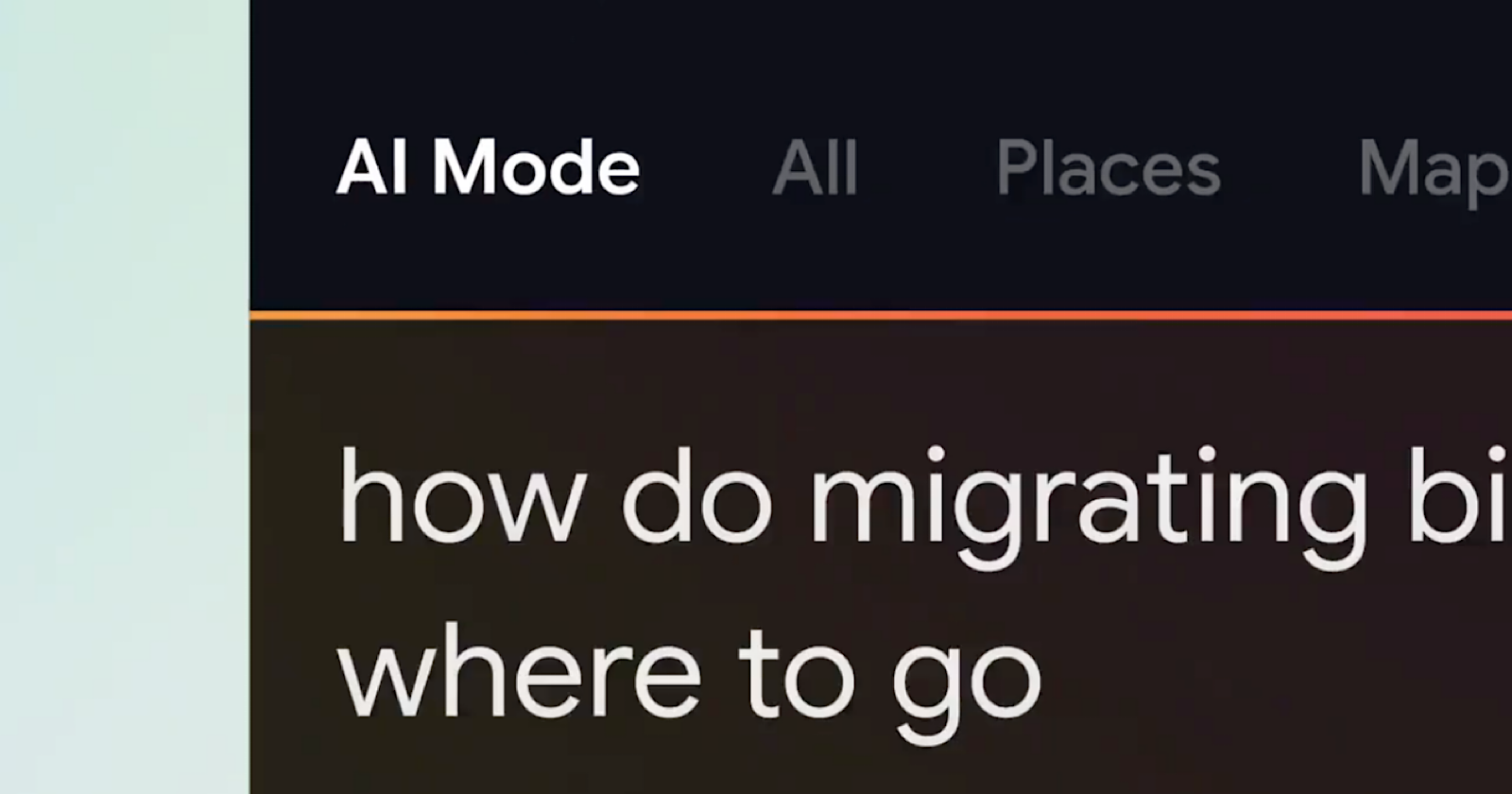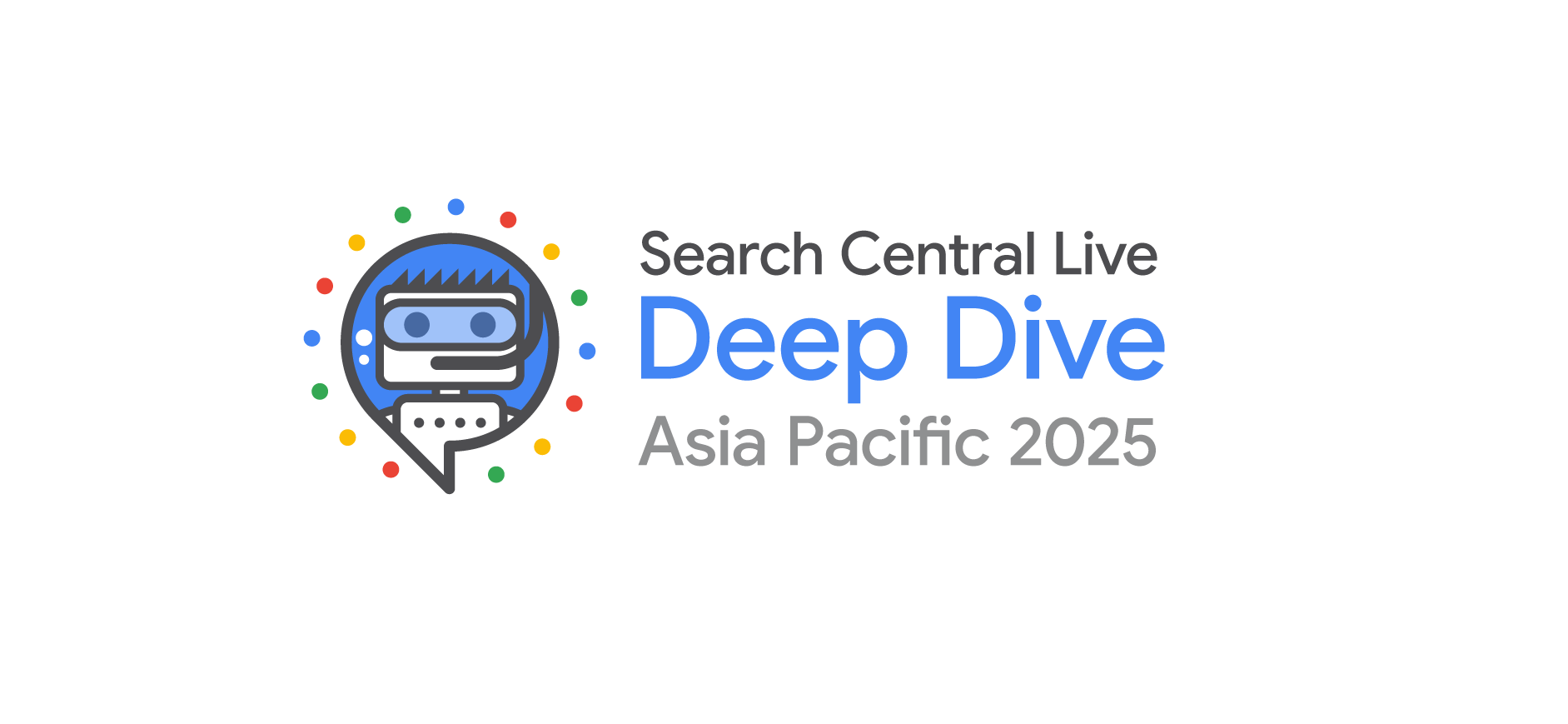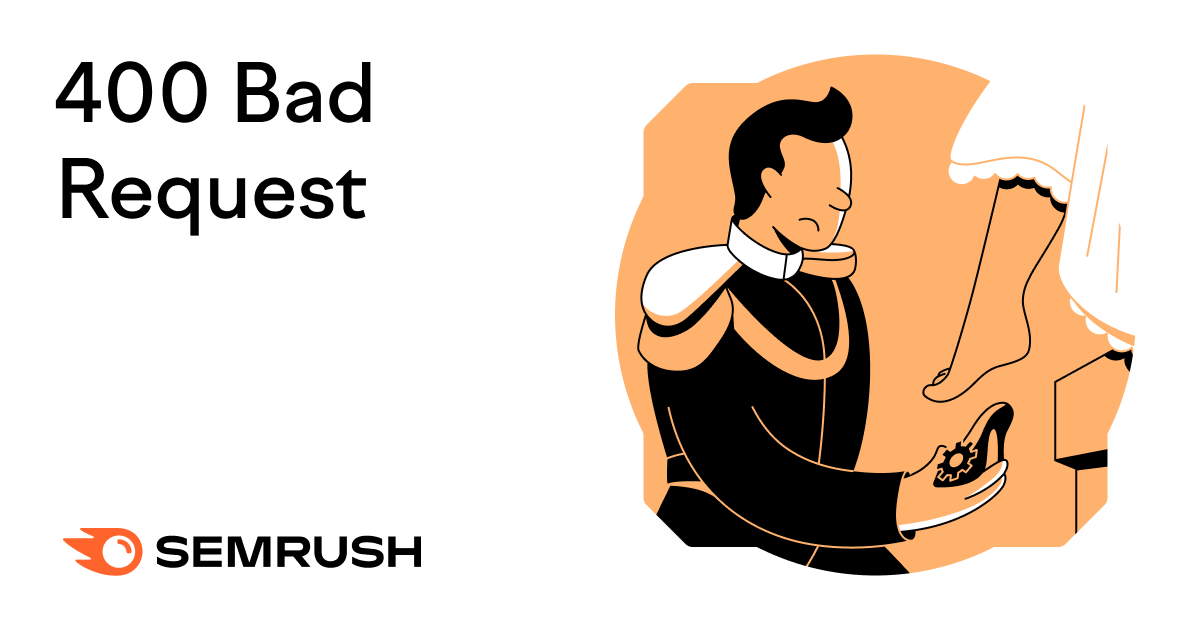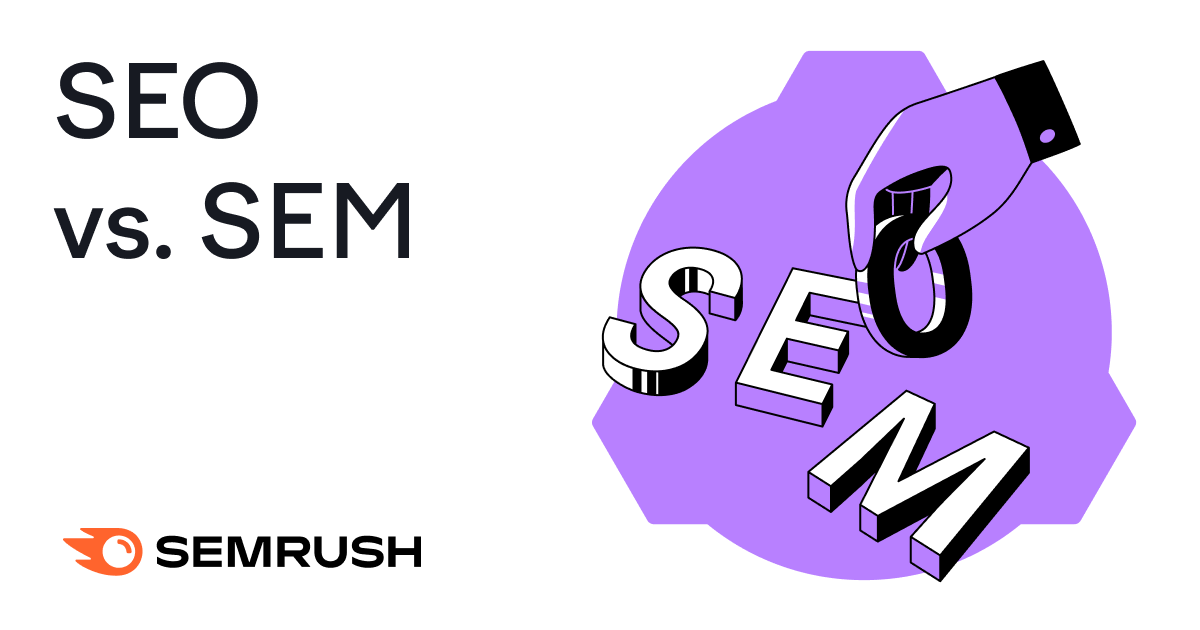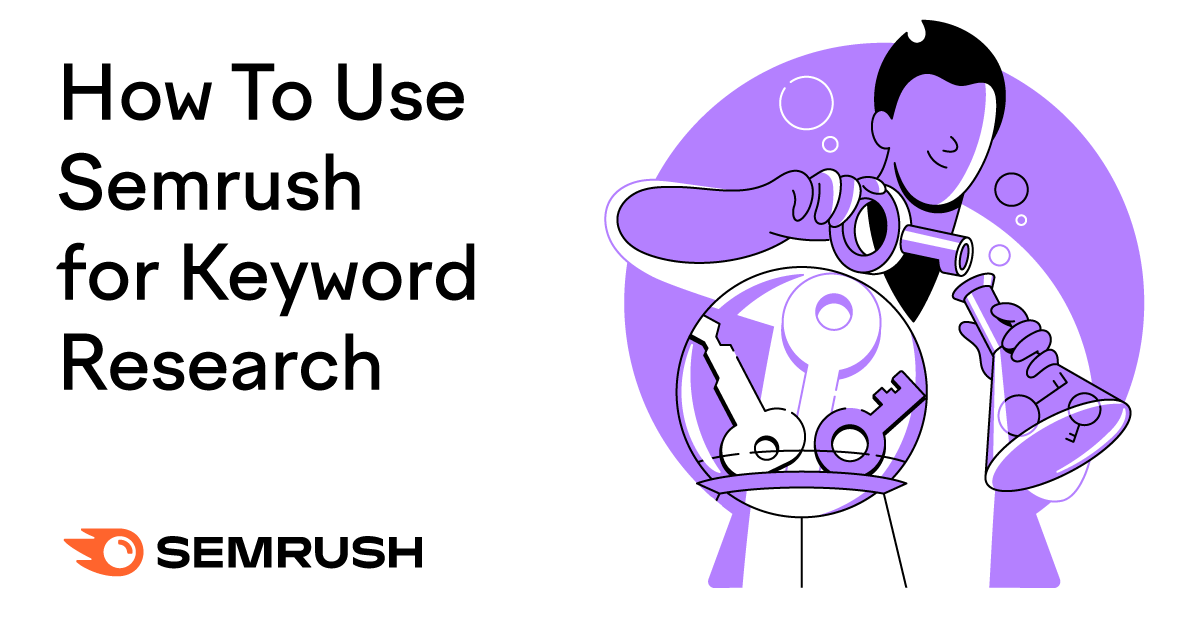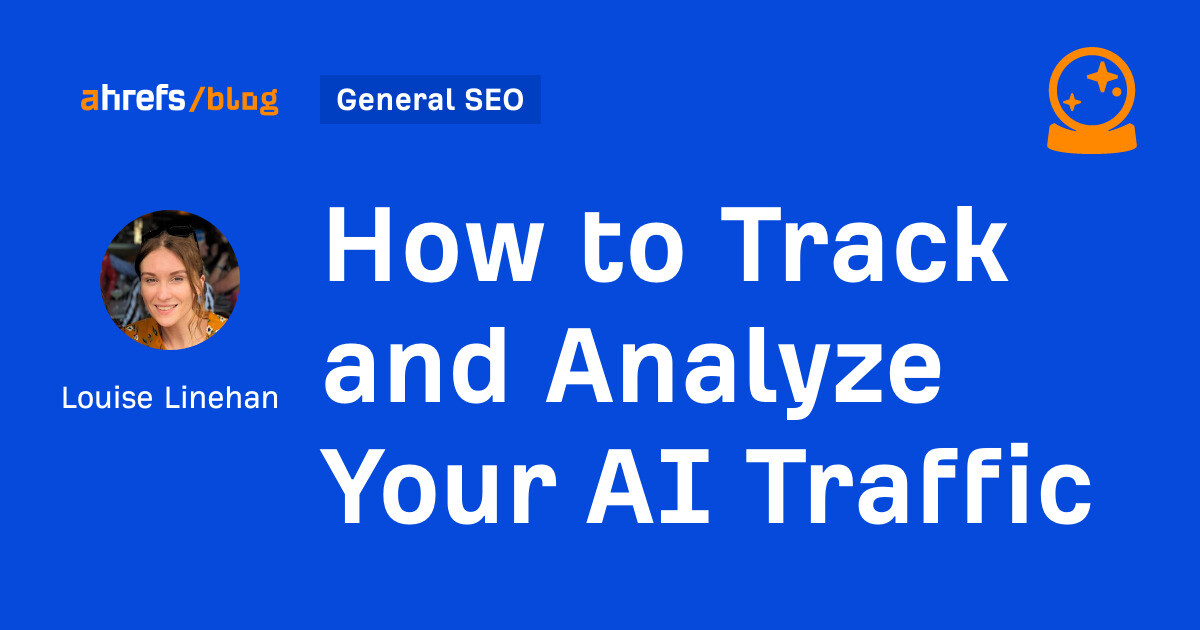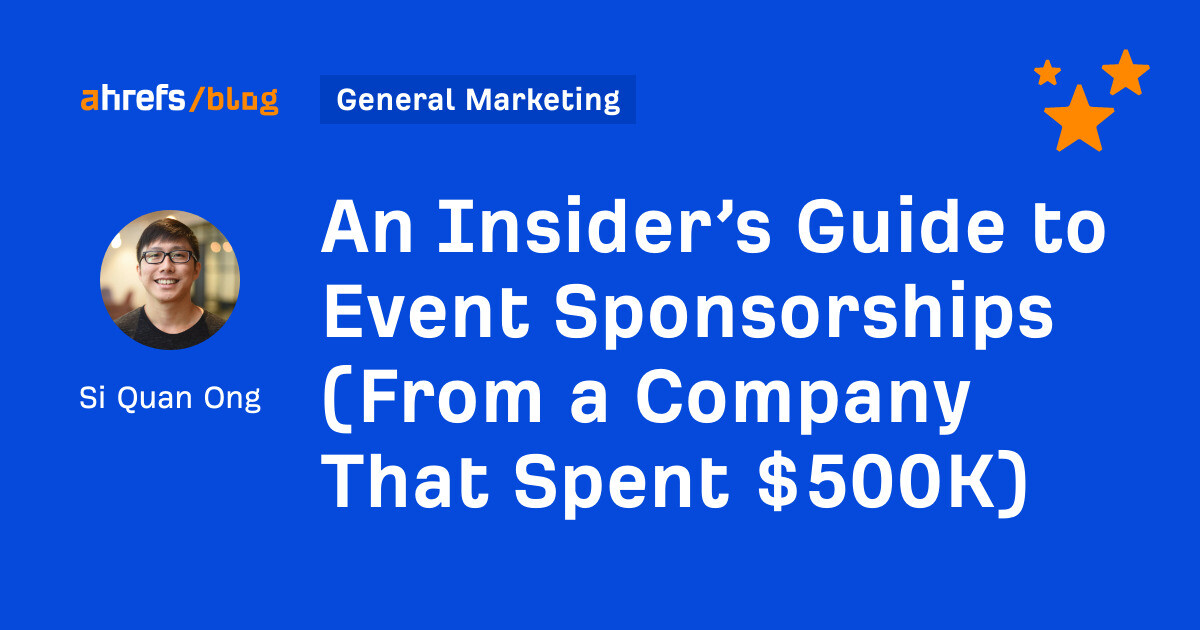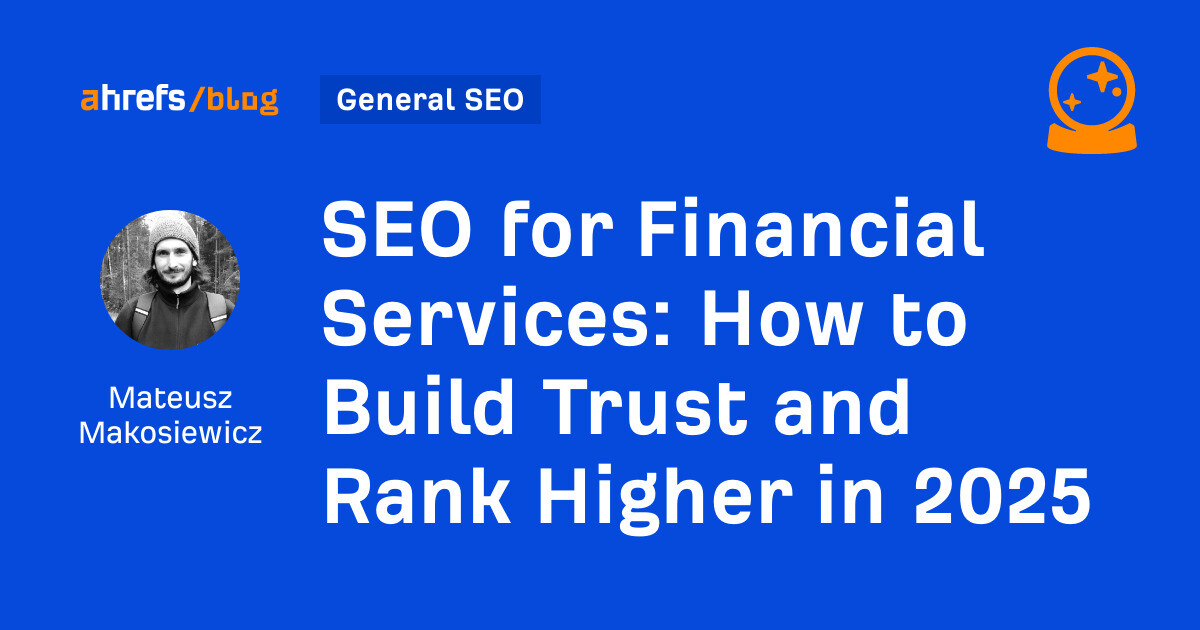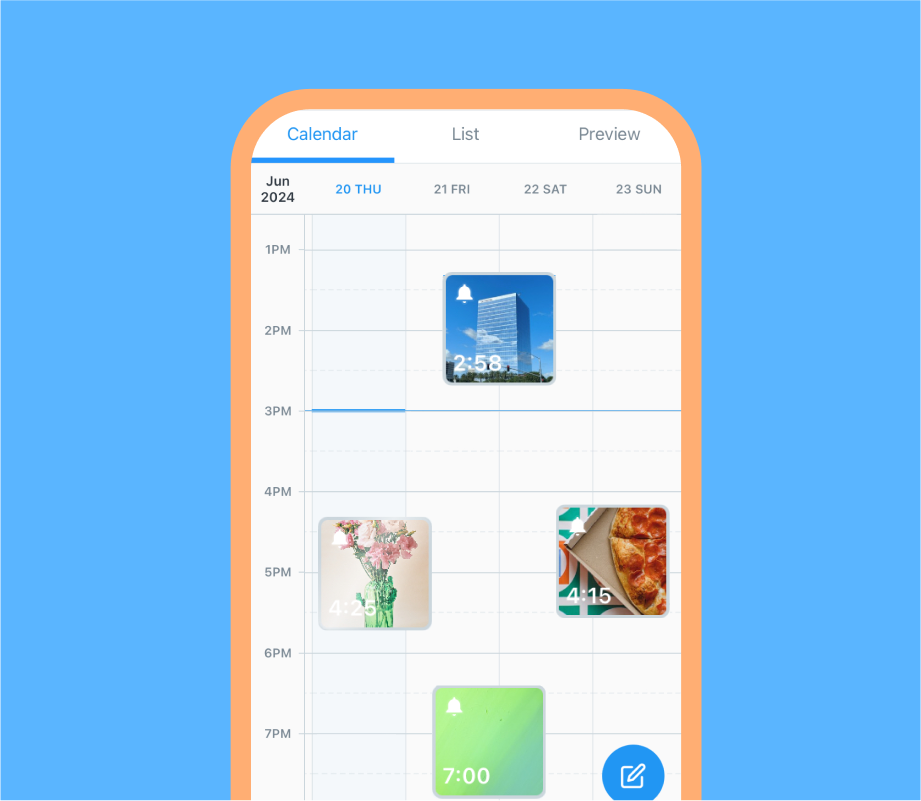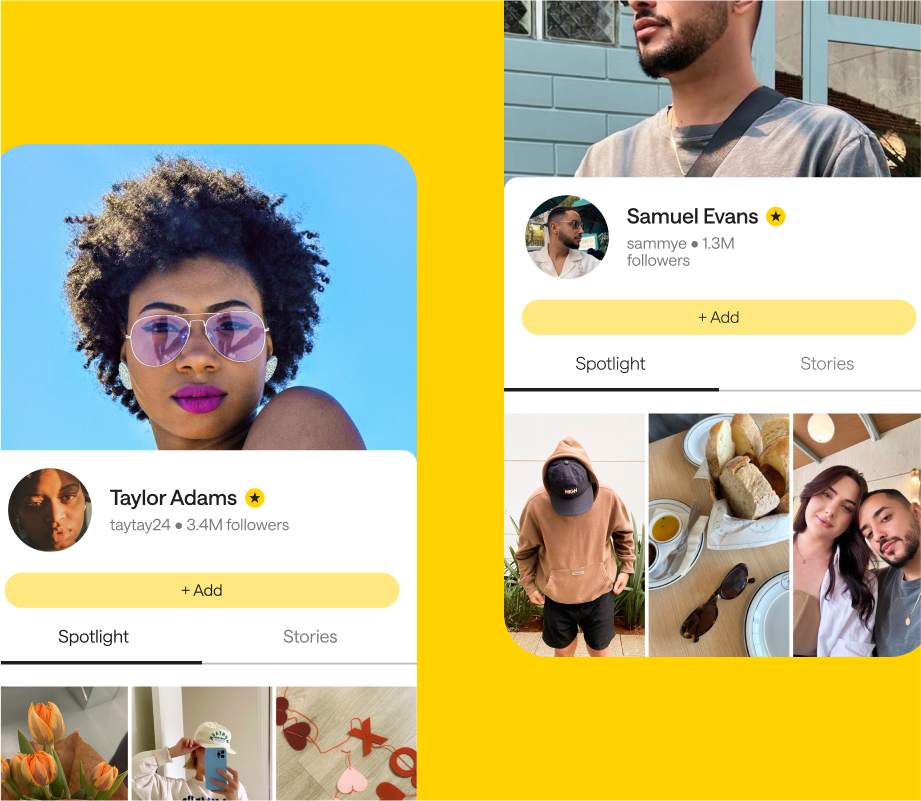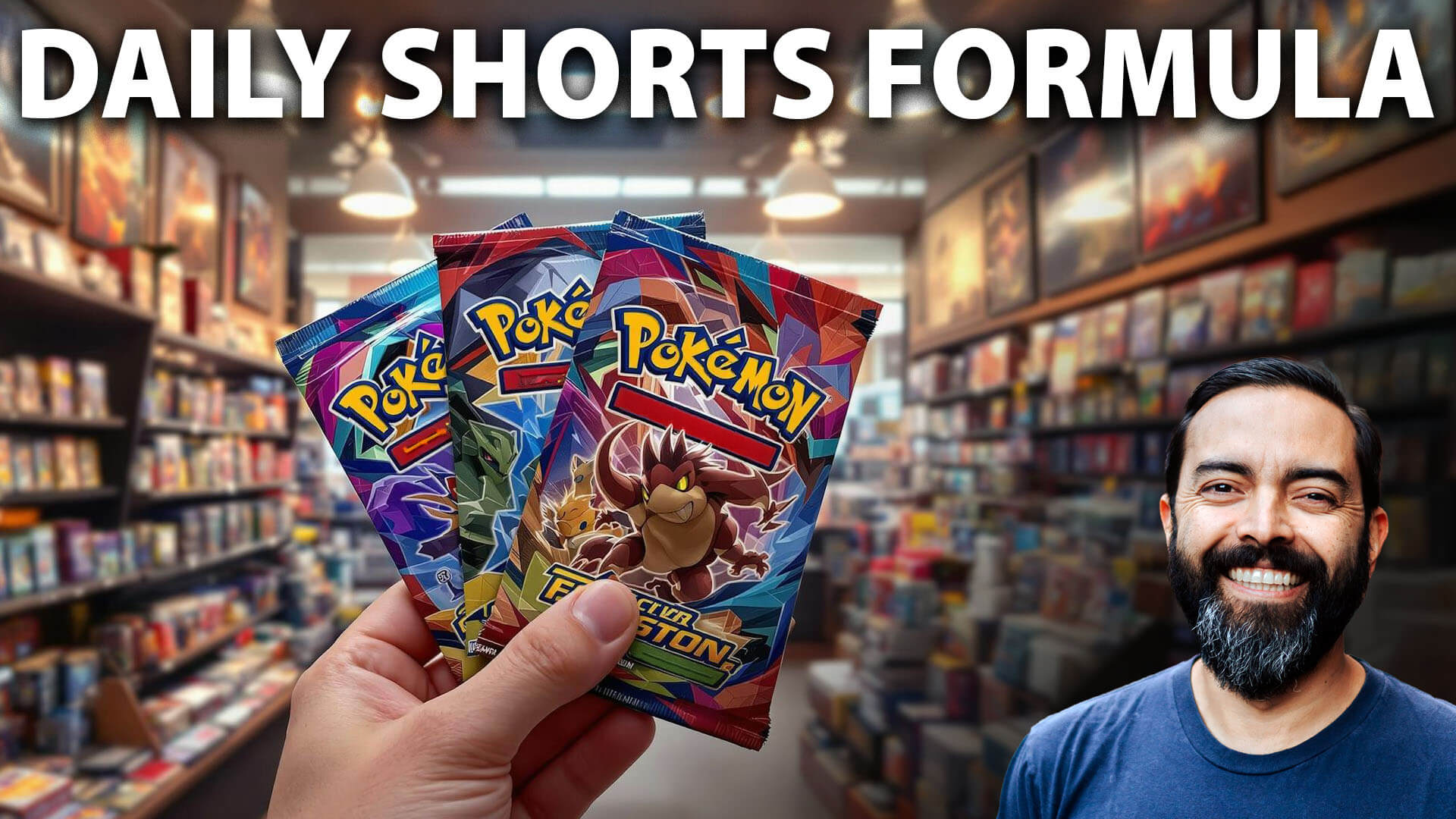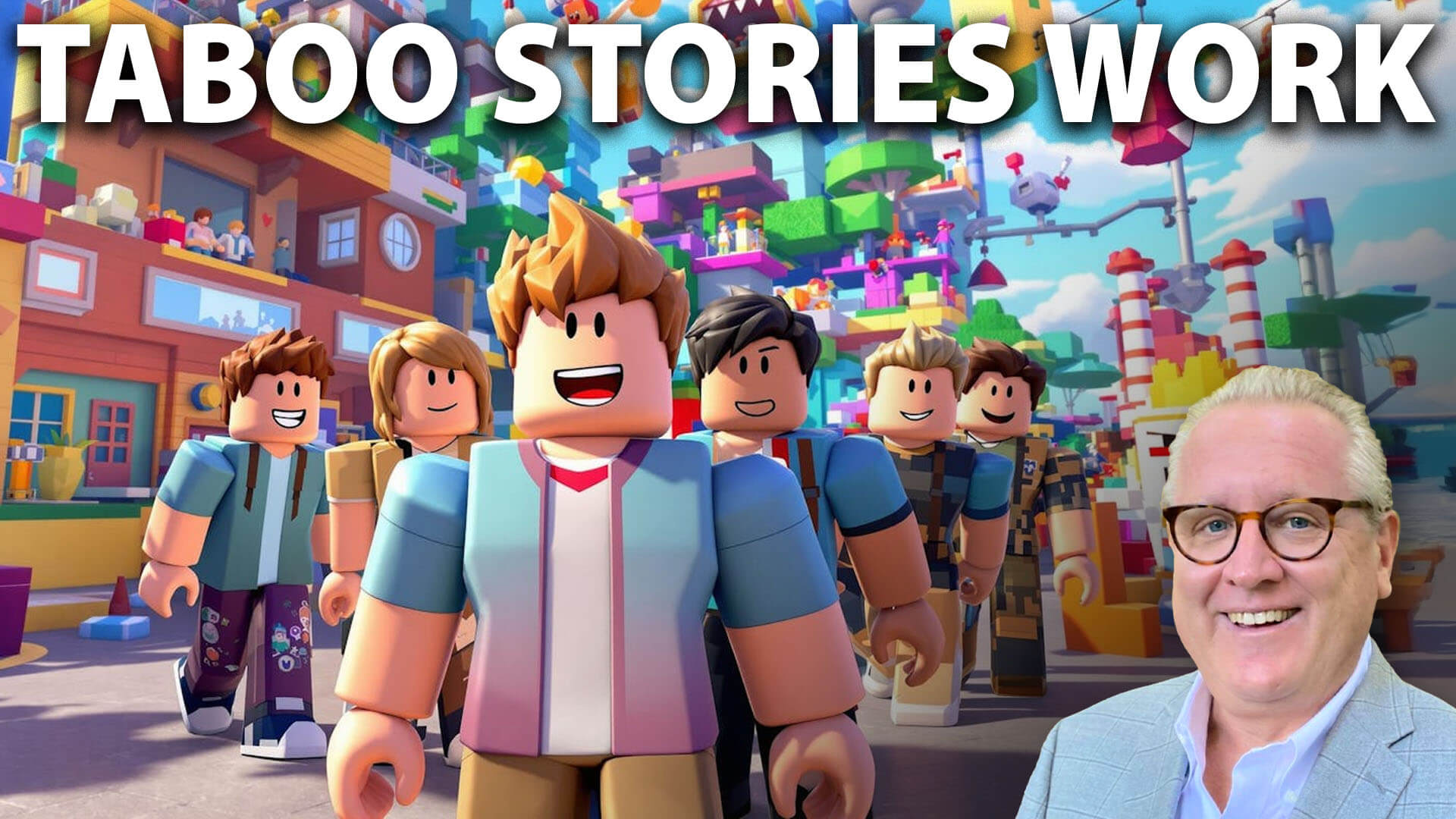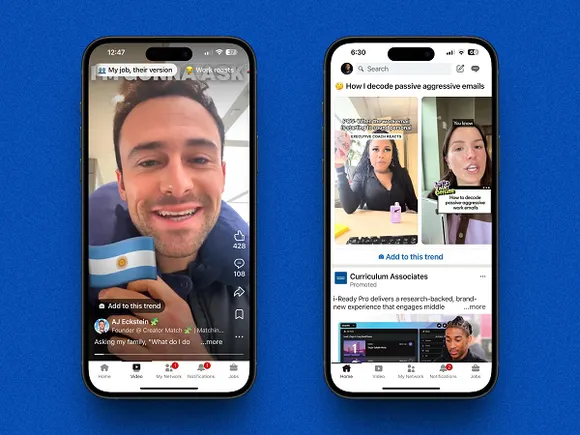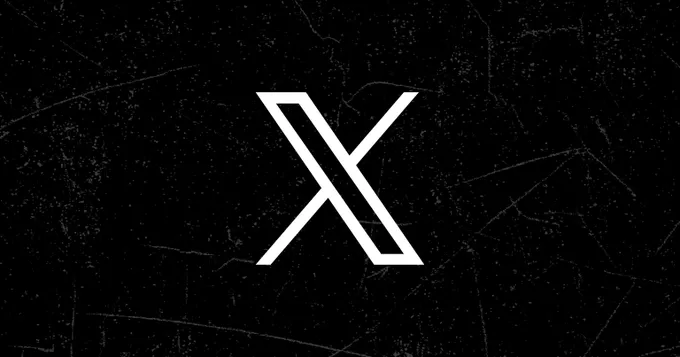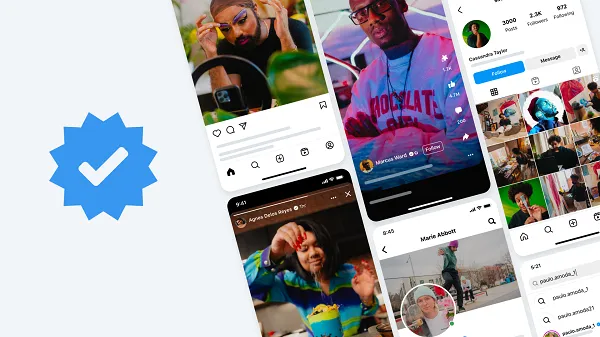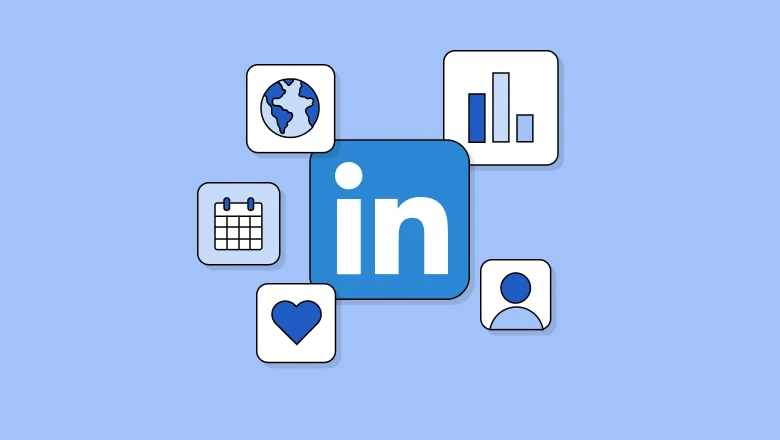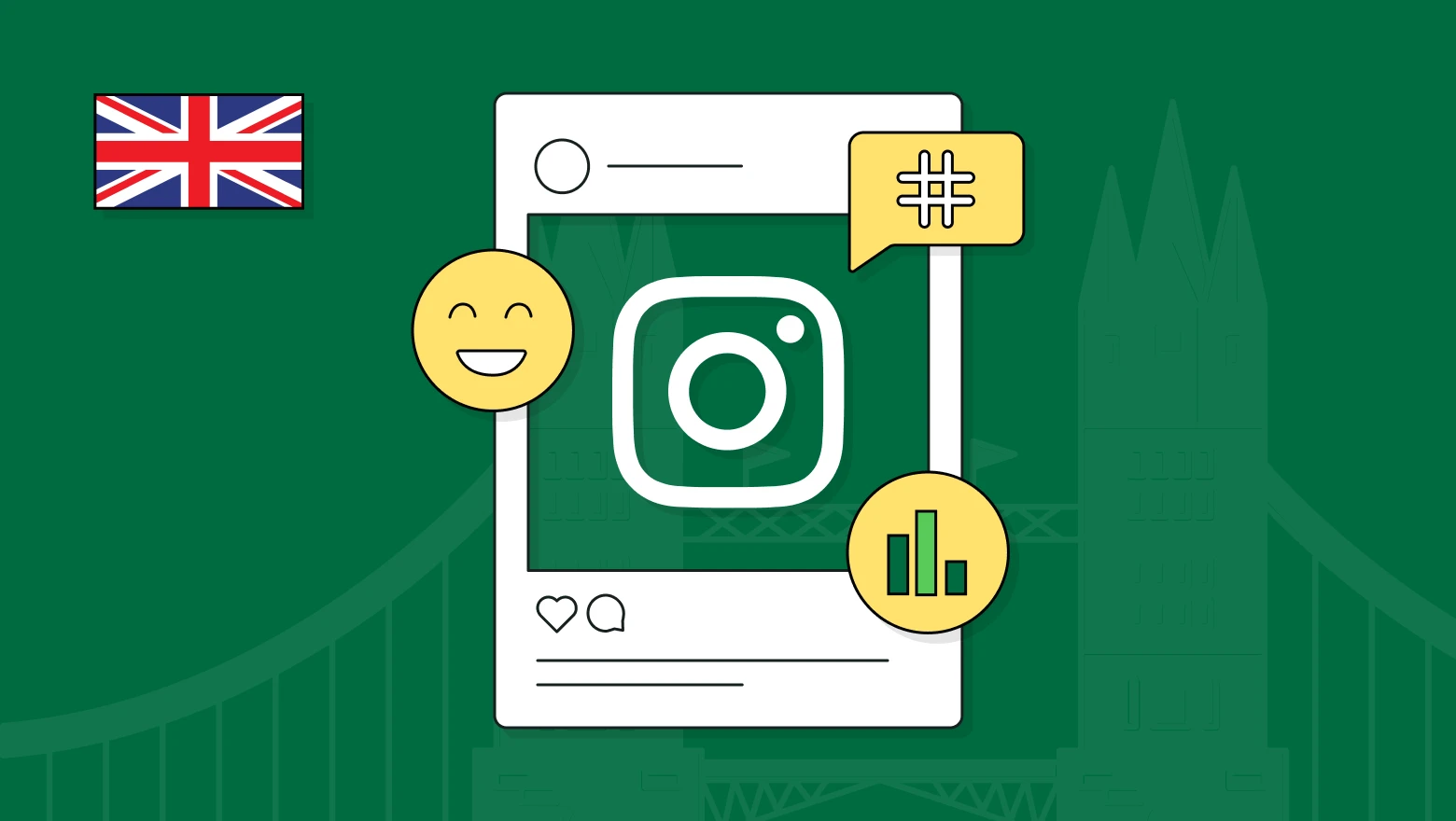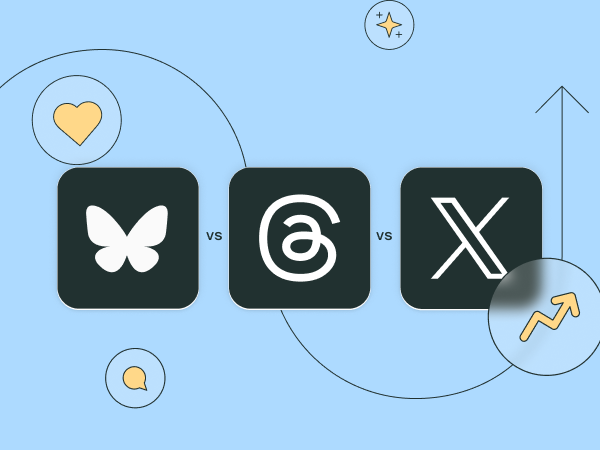LinkedIn Leads in Engagement at 6.50% — Here’s How Other Platforms Stack Up
We dug into the engagement rate data of eight social media platforms.
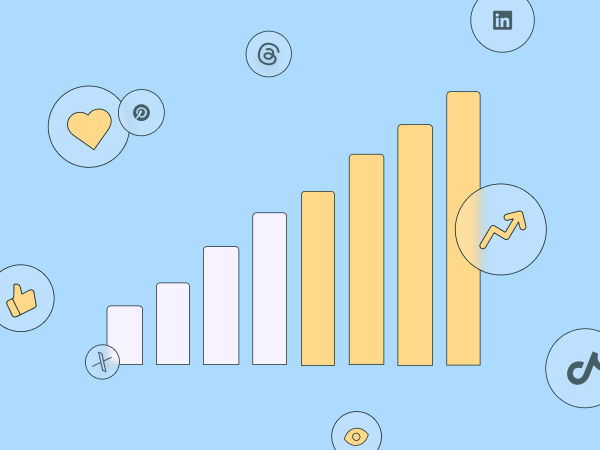

Think you know which social platform has the most engagement? The data might surprise you.
Social media trends are always evolving, but lately, engagement has been shifting in unexpected ways. LinkedIn is seeing record-high interactions, Pinterest is quietly on the rise, and Threads — once a breakout success — is settling into more stable patterns. Meanwhile, Instagram’s engagement is lower than ever, but that doesn’t mean it’s losing relevance.
If you’ve ever felt like social media engagement is unpredictable, you’re not alone. But while platforms and algorithms change, one thing remains the same: understanding the data gives you an edge.
At Buffer, we analyzed millions of posts across LinkedIn, Instagram, Facebook, TikTok, YouTube, X, Threads, and Pinterest to uncover where engagement is thriving, slowing down, and what it all means for your content strategy.
Here’s what we found:
- Which platforms have the highest and lowest engagement rates this year
- How audience behavior is shifting across social media
- What’s behind LinkedIn’s engagement surge and Instagram’s engagement dip
- How to adjust your content strategy based on 2025’s engagement trends
If you want to stay ahead of the curve and make smarter content decisions, this article has the insights you need.
Let’s dive in.
What is engagement rate and why does it matter?
Engagement rate is one of the most important social media metrics — but it’s also one of the most misunderstood.
At its core, engagement rate measures how much people interact with your content relative to how many people see it. It’s not just about visibility — it’s about connection.
For example:
- A post that reaches 10,000 people but gets only a few likes? Low engagement.
- A post that reaches 1,000 people but sparks hundreds of interactions? High engagement.
That’s why engagement rate is one of the strongest indicators of content performance. It tells you:
- How well your content connects with your audience.
- How likely your content is to be amplified by the platform’s algorithm.
- Whether your audience is passive or actively engaging.
The key considerations about engagement rate data
Before we dive into the rankings, here are some key considerations to reflect the nuance of this report:
- Engagement rate ≠ Total engagement volume. Platforms with massive reach — like Instagram — may have lower engagement rates but still drive more total interactions than smaller, higher-engagement platforms like LinkedIn. A 1% engagement rate on Instagram could mean thousands of interactions, while a 6% engagement rate on LinkedIn might result in far fewer total engagements.
- Each platform encourages different behaviors. LinkedIn prioritizes comments and discussions, while Instagram thrives on shares and saves. These behavioral differences mean a 6% engagement rate on LinkedIn doesn’t equate to a 6% engagement rate on TikTok.
- What counts as engagement varies by platform. Saves on Instagram, pins on Pinterest, and comments on YouTube all count as engagement, but they reflect different user behaviors and levels of intent.
- Not all engagement is public. Private interactions — like bookmarks, DMs, and link clicks — aren’t always reflected in engagement rate calculations.
How we calculate engagement rate
At Buffer, we calculate engagement rate using the following formula:
(Total Interactions / Total Impressions) × 100 = Engagement Rate (%)
To provide the most accurate view of engagement trends, we analyze engagement rates in two ways:
- Averages which help us compare platforms at a high level—showing where engagement is strongest overall.
- Medians over time which reveal the story of how engagement is evolving month by month.
Now that we understand what engagement rate really measures — and its nuances across platforms — let’s get into the rankings.
Average engagement rates by platform: Who’s leading the engagement game?
To determine where users are engaging the most, we analyzed average engagement rates across eight major social platforms over a one-year timeframe. Here’s how they stack up:
| Platform | Average Engagement Rate (%) |
|---|---|
| 6.50%
|












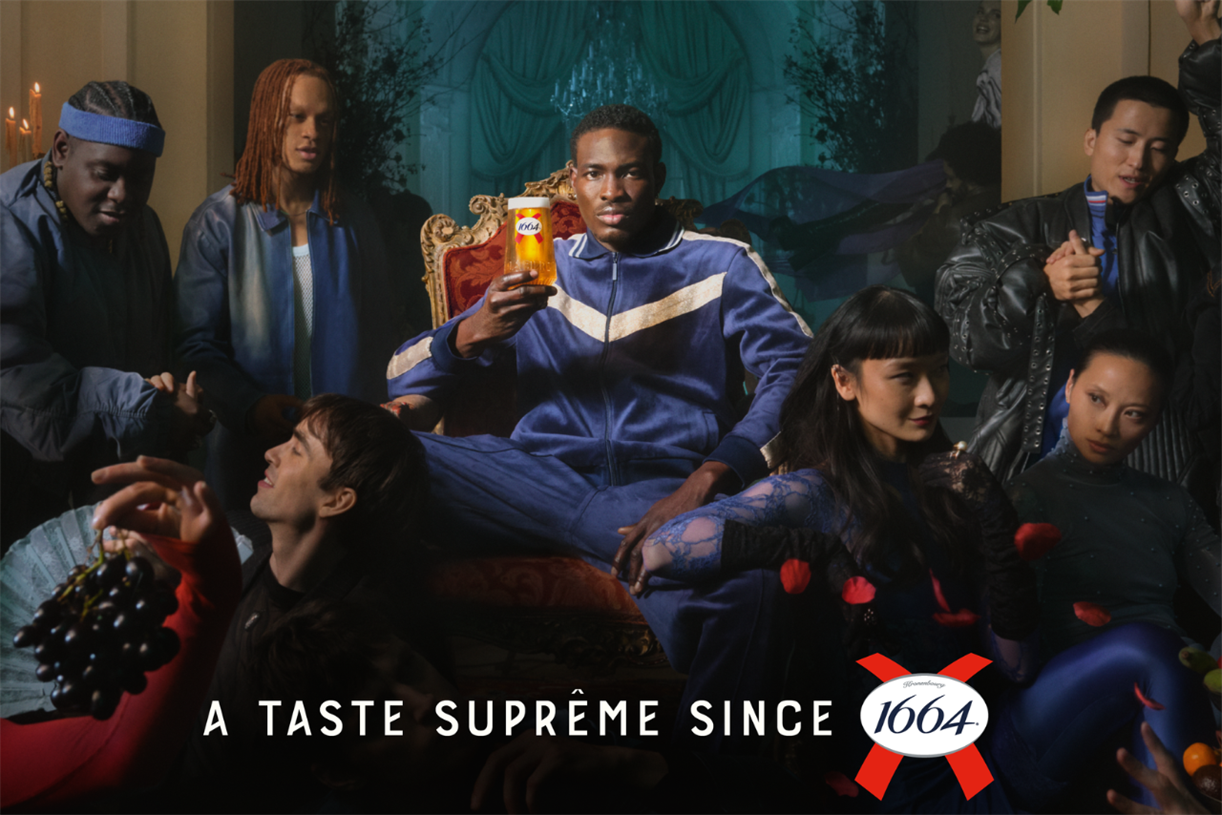




















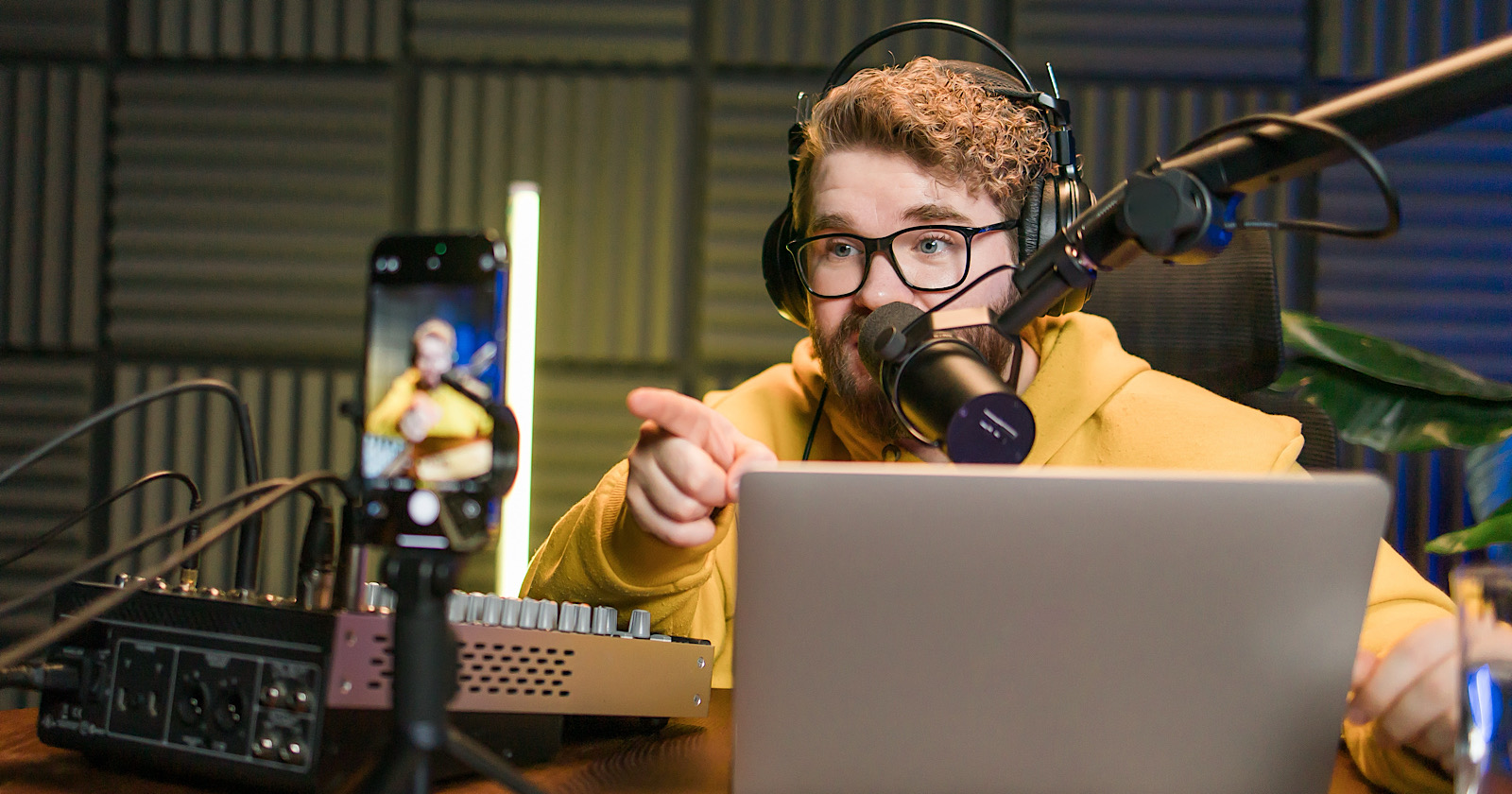
![How to Find Low-Competition Keywords with Semrush [Super Easy]](https://static.semrush.com/blog/uploads/media/73/62/7362f16fb9e460b6d58ccc09b4a048b6/how-to-find-low-competition-keywords-sm.png)

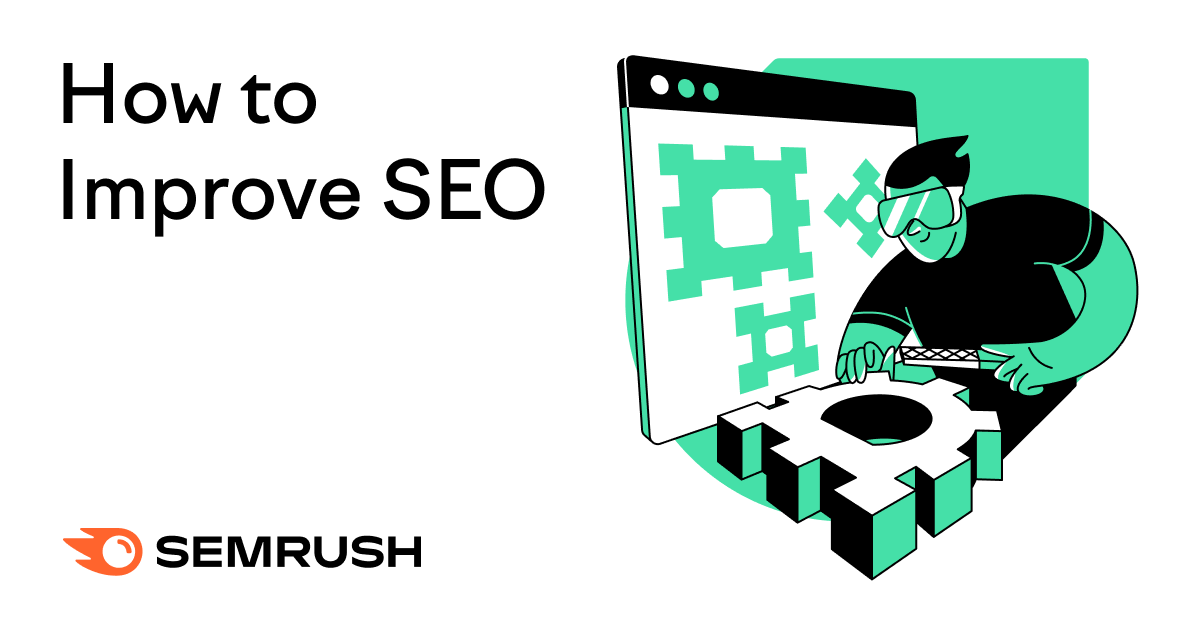

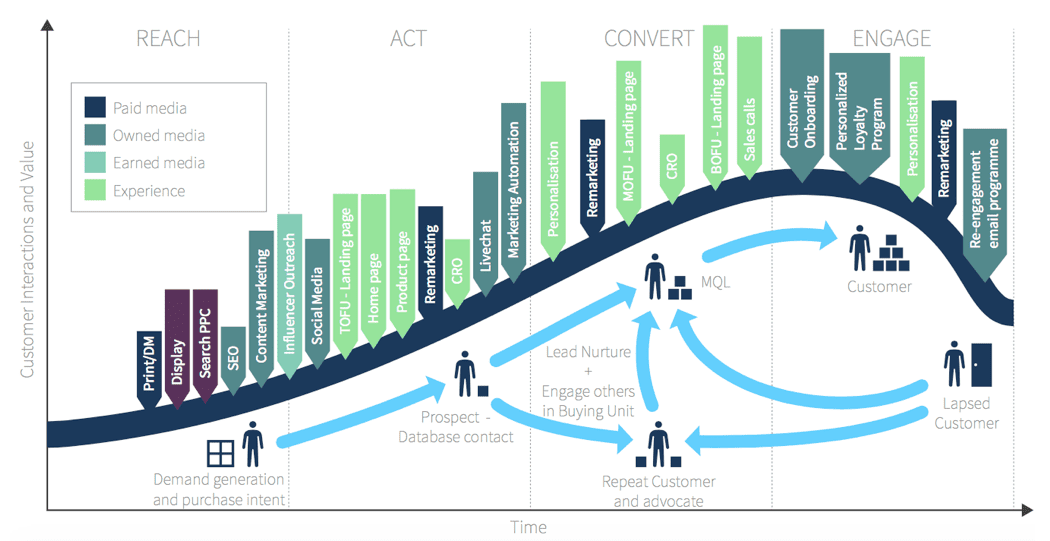
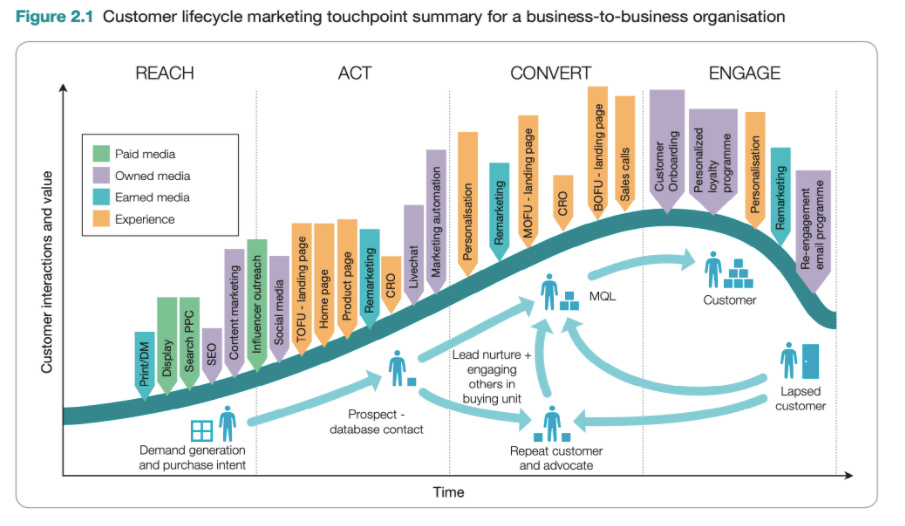
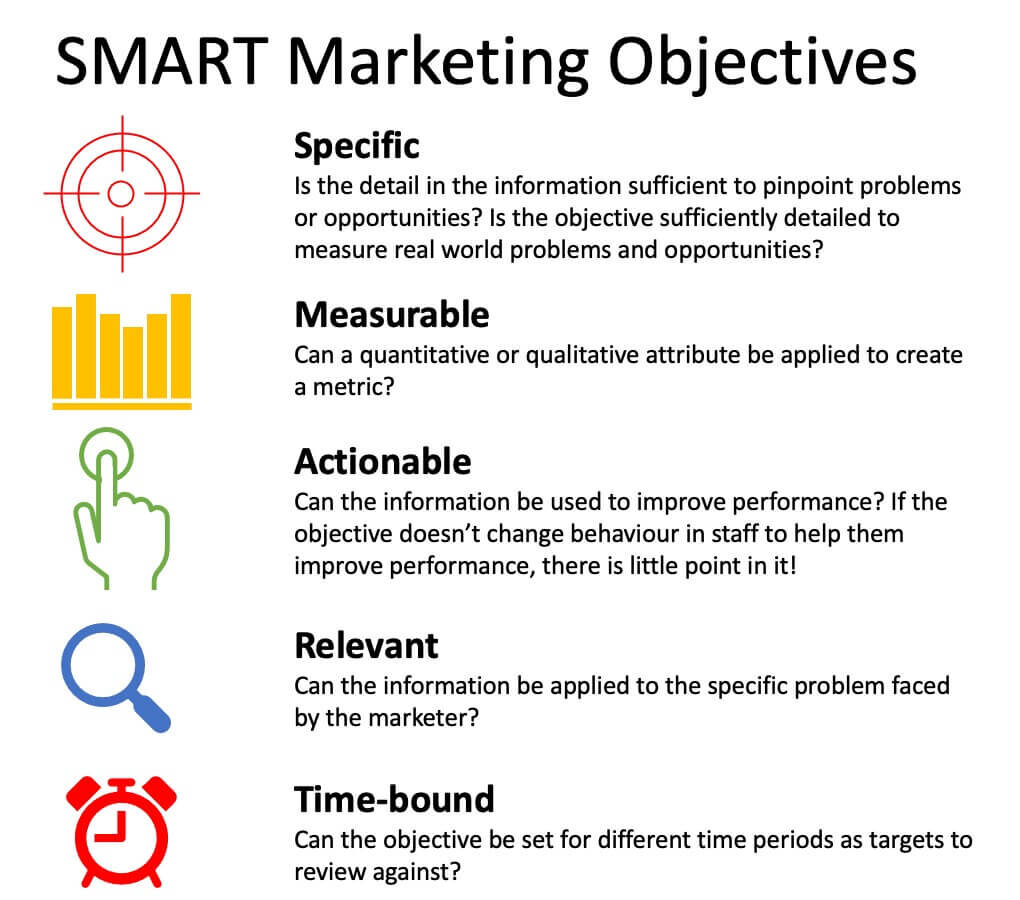
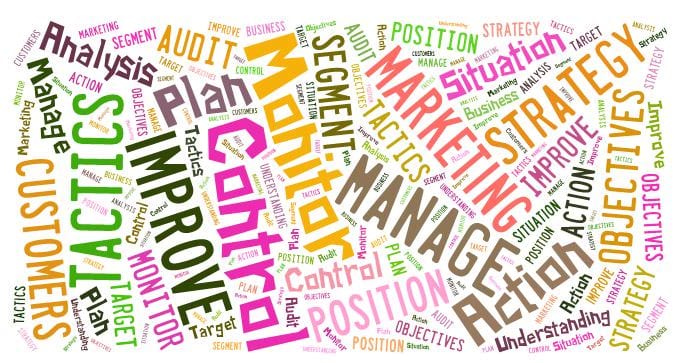





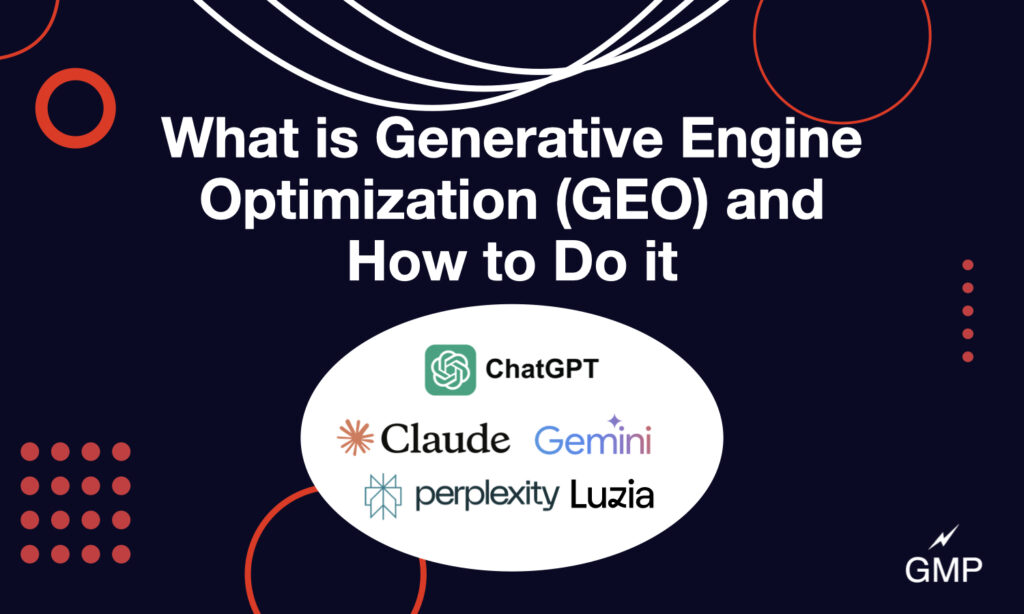


![How Marketers Are Using AI for Writing [Survey]](https://www.growandconvert.com/wp-content/uploads/2025/03/ai-for-writing-1024x682.jpg)

